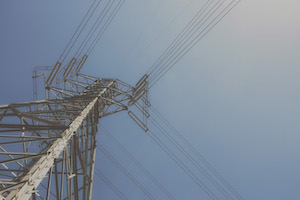Early travelers could absorb surroundings
One of my all-time favorite exhibitions at the annual Three Rivers Arts Festival in Pittsburgh is of a boardwalk-like installation that ran alongside the Monongahela River in Point State Park, where the festival is held.
Beginning near several crisscrossing highway overpasses and continuing almost to where the Mon meets the Allegheny, a wooden walkway was erected to represent a journey taken in the 1700s by a settler on his way to Fort Pitt, located at the fork of the two rivers.
On that journey, the pioneer noted in his journal the number and kinds of wildlife he saw as he made his way to the fort. Although I don't recall the exact numbers, his diary read something like: 17 deer, 22 raccoons, three bears, 10 coyotes, 44 opossum, 58 rabbits, 26 beavers, and so on.
The artist, using the journal as the basis for the project, burned the traveler's written account into the wooden planks.
As I walked along the erected pathway, just as the foot-traveler would have made his way along a similar path several hundred years earlier, I became more aware of the teeming wildlife and early footpaths that once marked Western Pennsylvania's landscape.
One of the earliest trails leading from the confluence of the rivers and still visible today is Venango Trail, which ran from Fort Pitt to Fort LeBoeuf, near Franklin, Pa. Although it has been rerouted and renamed through the years, Venango Trail roughly followed what is today the old Perrysville Highway.
In southern Butler County, the trail ran where Franklin Road now is, and a plaque, erected in 1993, at the intersection of that road and Route 228 commemorates the 250th anniversary of George Washington's journey along that trail.
As I drove along Franklin Road recently, passing a mini-mart on my left and a gas station on my right, I tried to imagine the narrow, wooded path Washington once followed.
He, like the settler who made his way to Fort Pitt, would have seen more wild animals than people, and the surrounding woods must have been frightening to anyone who made their way along the trail.
This summer, as vacationers take to the super highways in search of rest and recreation, they move quickly over and around natural obstacles that would have been quite formidable to those early travelers.
On a recent camping trip to eastern Pennsylvania, our family traversed the Allegheny Mountains and numerous rivers in the course of a long weekend - a trip our ancestors would have made only once or twice in their lifetime.
Today we travel faster, get there quicker, and sustain less wear and tear on our vehicles and ourselves. Yet we arrive at our destination much less aware of all that we have passed along the way.
Linda K. Schmitmeyer is a freelance writer living in Middlesex Township. Her e-mail address is lks260@aol.com.














